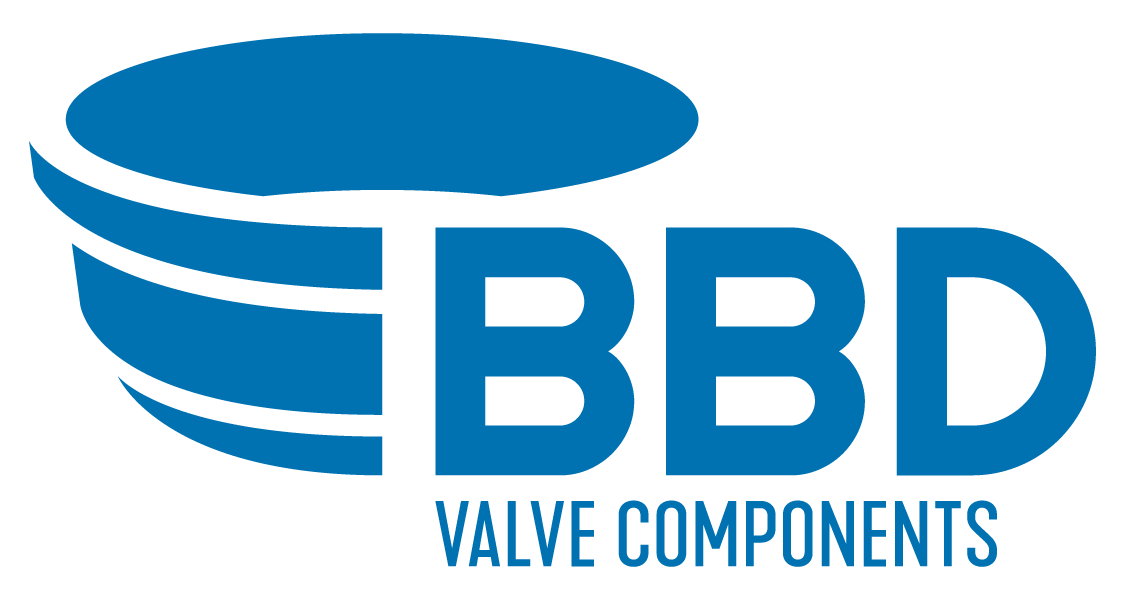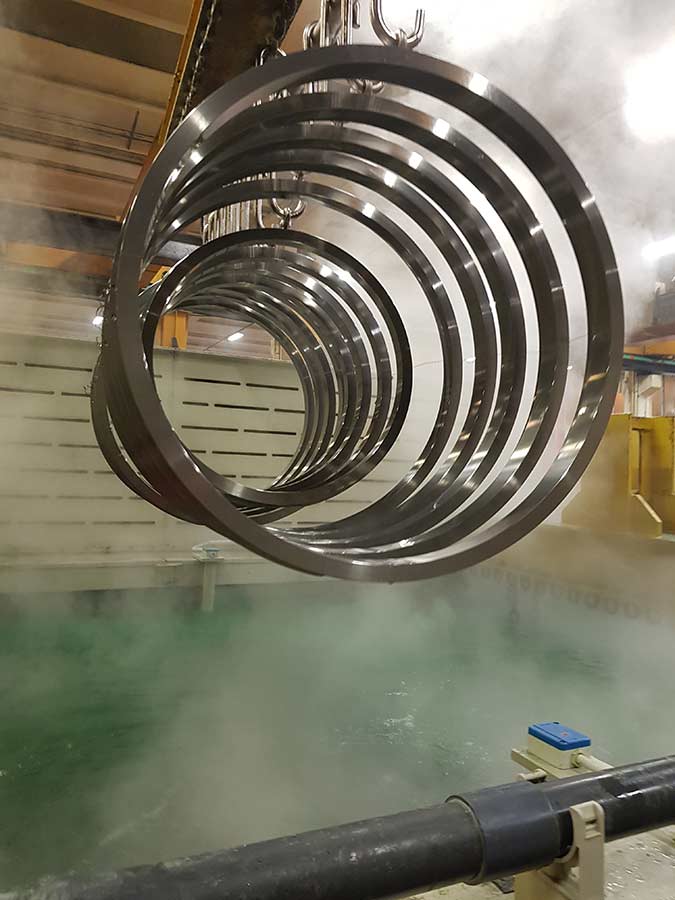Surface treatment of nickel is very much used to protect against oxidation of steels and to confer a high resistance to corrosion and wear.
In the chemical nickel plating process (E.N.P.) a phosphorus content >10 (high phosphorus) is used.
The deposition takes place by chemical reaction so as to obtain a uniform coating regardless of the geometry of the components to be treated.
Nickel-plated surface coatings are supplied with thicknesses of 25-30 microns, 50 microns, 75-80 microns, on request.
With high phosphorus chemical nickel, it has an average hardness of 500-600 Vickers.
The hardness increases when, after the nickel deposit, thermal treatments are carried out at temperatures between 280 ° C and 400 ° C with the oven for pre-set times up to 800 – 1000 HV.
Furthermore, after the nickel plating, it is desirable to perform the thermal dehydrogenation treatment in order to improve the adhesion of the nickel deposit.
Certification provides basic checks (thickness test, hardness) and additional controls (metallographic section, alloy composition, saline fog, ferroxyl, bend test, etc.) if required.
The process of E.N.P. is executed according to different standards such as ASTM B733, ASTM B571, ASTM B117, ASTM B689, ASTM B602, ISO 4527 etc.



